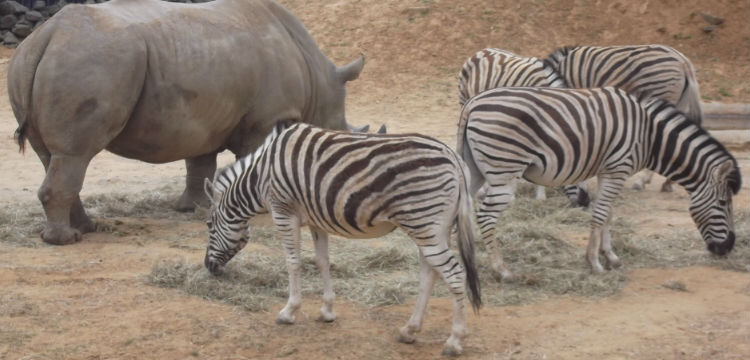Did you know, Rhino, the entire gigantic mass of the wild beast, is killed just for the small tiny bit at the top of its head. Yes, poachers kill the graceful beast, not for its meat or bones, but only for its horns.
But why? It is perceived that the horn has medicinal value. How come? The horn is made up of keratin. The exact substance all humans (all 7 billion of us) have at the tip of our fingers and toes, and we frequently cut off every two-weeks some even more often. Both the horn of the rhino and the human nails on our fingers and toes have keratin.
If the people buying the horns from the poachers really want the medicinal properties of keratin, why not take all the human (7 billion of us) nail cutting. Hell, it will be a lot cheaper and less of a hassle for them.
See also: How synthetic horns could save Rhino from poachers
Zebras could save the Rhinos from poachers
IBM in partnership with MTN South Africa has fitted an inconspicuous collar on Zebras that monitor their behavior around the clock. The collar has powerful data gathering capability. Why zebras? It has been observed Zebras are more alert to human presence in their vicinity and do behave in a particular pattern when they perceive danger. The zebra’s senses are heightened compared to rhino, and will detect the presence of predators, vehicles, or people on foot armed with rifles way before the rhinos do.
 It also happens that zebras and rhinos often graze in the same environment, and when poachers come hunting, they are likely to startle the zebras before the rhino even notices their presence. By transmitting the data on zebra behavior to park rangers, it can be accurately determined when humans are present in the zebra habitat.
It also happens that zebras and rhinos often graze in the same environment, and when poachers come hunting, they are likely to startle the zebras before the rhino even notices their presence. By transmitting the data on zebra behavior to park rangers, it can be accurately determined when humans are present in the zebra habitat.
A unit can then be dispatched to the location and hopefully will get there before the poacher shoots down another rhino. If they don’t make it in time, the trail will still be hot reducing the chances of the poachers making it away with their ‘prize’.
“We detect specific behavior in zebra and wildebeest when they sense threats, be it predators, vehicles, or people on foot with rifles,” said Petrus Hendrik Greyvenstein, IBM Executive IT Architect. “If this pattern is recognized in the data, an event will be sent to the wildlife reserve’s command and control center, and a response unit can be quickly dispatched. The system provides for a proactive rather than the traditional reactive response. The animals of prey, therefore, serve as an early warning system.”



